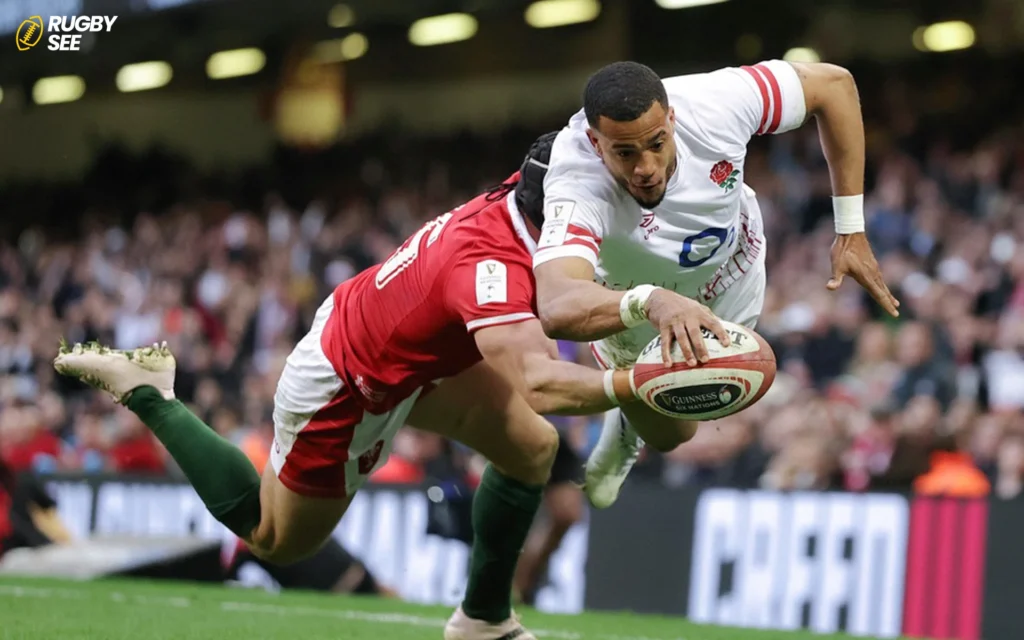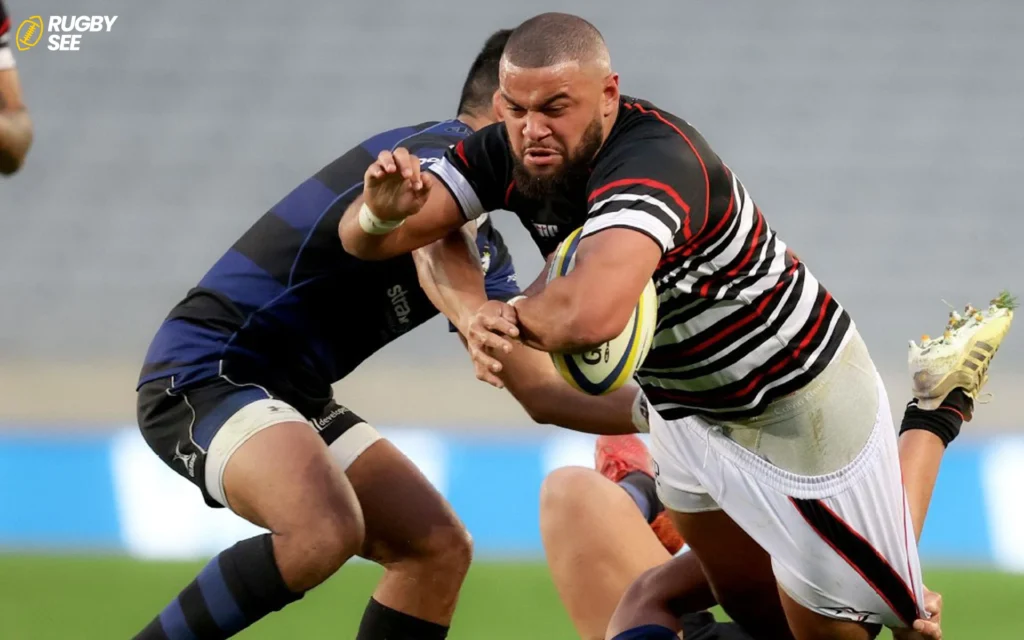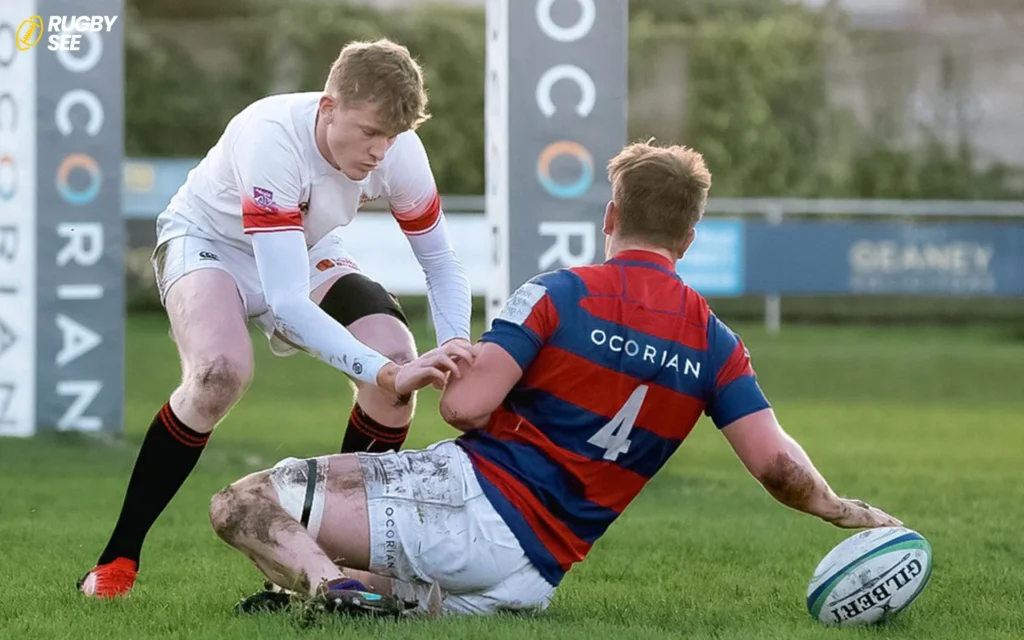Soccer and rugby are two of the most popular sports worldwide, each boasting millions of fans and players across various age groups and skill levels. While both sports are celebrated for their athleticism, strategy, and team spirit, they are often tagged with the label of being “violent” due to their physical nature. This article delves into the aspects of soccer and rugby that contribute to their reputations, examines the measures in place to ensure player safety, and explores the balance between physicality and safety in these beloved games.
The Nature of Soccer and Rugby
At first glance, soccer (football to much of the world) and rugby seem quite different, with soccer emphasizing skillful footwork and speed, and rugby known for its physical tackles and scrums. However, both sports require a high level of physical fitness, coordination, and tactical awareness. The main difference lies in how physical contact is perceived and regulated within each game.
Soccer: While not immediately recognized for its physicality in the same way rugby is, soccer involves a significant amount of body contact, including tackles, shoulder charges, and aerial duels. The sport’s governing bodies have implemented rules to protect players, penalizing dangerous tackles and head-to-head contact. However, injuries, including sprains, fractures, and concussions, do occur, fueling debates about the sport’s safety measures.
Rugby: Known for its intense physicality, rugby incorporates tackles, rucks, mauls, and scrums as fundamental elements of the game. The sport’s inherent physical demands and contact nature result in a higher visibility of injuries. Rugby’s governing bodies have been proactive in enhancing player safety protocols, introducing laws to reduce high tackles, manage concussions, and improve the overall welfare of players.

Addressing Violence and Safety
The term “violent” may not accurately describe soccer and rugby; instead, they are better characterized as contact sports with inherent physical risks. Both sports have evolved to prioritize player safety:
Soccer: FIFA and other soccer organizations have introduced measures such as the Video Assistant Referee (VAR) system to review potential fouls and ensure fair play. The sport also has strict concussion protocols and initiatives to educate players on safe tackling techniques.
Rugby: World Rugby has implemented comprehensive concussion management protocols, including mandatory rest periods and detailed return-to-play protocols. The “High Tackle Sanction Framework” aims to reduce head injuries by penalizing high-risk tackles and if you want to know about Rugby players Height read Are Rugby Players Short? Debunking the Myth.
The Role of Education and Training
Education and training are critical in mitigating the risks associated with soccer and rugby. Coaches and trainers play a pivotal role in teaching proper techniques, from tackling in rugby to heading the ball in soccer. Youth leagues, in particular, emphasize skill development, sportsmanship, and safety to foster a positive and secure playing environment.
The Cultural Aspect
The perception of violence in soccer and rugby is also shaped by cultural attitudes towards sports. In some regions, the physicality of rugby is celebrated as a test of strength and resilience, while in others, the finesse and strategic depth of soccer are more highly valued. This cultural lens influences how safety measures and regulations are received and implemented.
Balancing Physicality with Safety
The challenge for soccer and rugby lies in balancing their intrinsic physicality with the need for safety. This balance requires ongoing adjustments to rules, advancements in protective gear, and a commitment to player education. As our understanding of sports-related injuries evolves, so too must the measures to prevent them, ensuring that soccer and rugby can be enjoyed by future generations.

The Impact of Technology on Safety
Technology plays a pivotal role in enhancing safety measures in both soccer and rugby. Video technology, such as VAR in soccer and the Television Match Official (TMO) in rugby, helps officials make more accurate decisions regarding fouls and dangerous play, reducing the risk of injury. Additionally, wearable technology monitors players’ health and performance, providing valuable data on physical exertion and potential injury risks, which can inform coaching strategies and player recovery programs.
Community and Player Support
Beyond the regulations and equipment, the support system around players significantly impacts their safety and perception of the sport. This includes medical staff, physiotherapists, and psychologists who address physical injuries and the mental aspects of playing high-contact sports. The community, including fans, families, and fellow players, also plays a vital role in supporting athletes, encouraging safe play, and respecting the sport’s physical demands.
The Future of Soccer and Rugby
As we look to the future, the evolution of soccer and rugby will likely continue to focus on balancing the physical nature of the sports with advancements in safety. This may include further rule changes, technological innovations, and a greater emphasis on education at all levels of play. The goal will be to retain the essence and competitive spirit of these games while ensuring that players can compete in a safe and supportive environment and if you want to know about Rugby league read is rugby league harder than union.

The Role of Fans and Media
Fans and the media also have a role in shaping the perception of soccer and rugby and their approaches to safety. By celebrating skill, sportsmanship, and fair play, and by holding organizations accountable for player welfare, the broader community can contribute to a culture that values safety alongside competition.
While soccer and rugby are undeniably physical sports, labeling them as “violent” oversimplifies the complex relationship between the games’ physical nature and the comprehensive efforts to ensure player safety. Through continuous improvement in rules, education, and protective measures, both sports strive to preserve the essence of their games while prioritizing the well-being of their players. As fans and participants, we can appreciate the athleticism and strategy of soccer and rugby while supporting initiatives that make these sports safer and more enjoyable for everyone involved.










